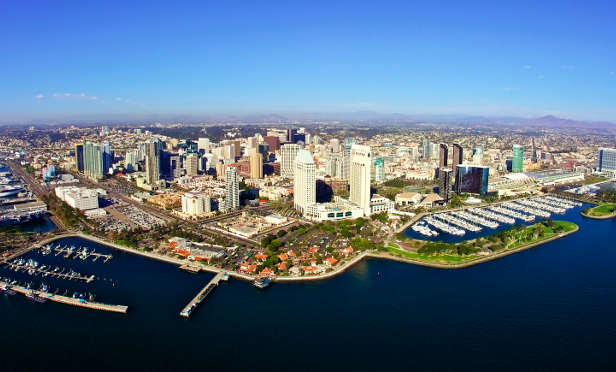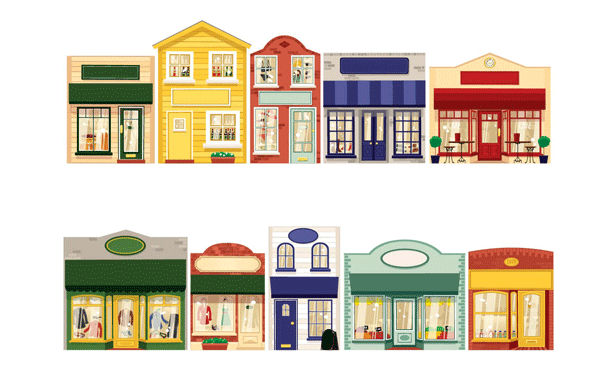San Diego's retail market closed 2019 in the red. Despite a surge of leasing activity in the fourth quarter, the San Diego retail market had negative absorption in 2019. According to a new report from CBRE, there was 700,000 square feet of retail absorption in the fourth quarter, but the year closed with negative 219,000 square feet.
"Leasing in San Diego is still strong and consistent," Joe Yetter, first VP at CBRE, tells GlobeSt.com. "I did see somewhat of a slowdown in the fourth quarter, but that is the holiday season and closing deals on hand before the end of the year. However, activity has picked up again in the first quarter of 2020."
The negative absorption isn't necessarily indicative of poor leasing demand, but rather tenant move-outs and store closures. "We certainly don't have the closures in San Diego that other cities are seeing, and when we do, we have a whole slew of tenants that want to be in this market and are back filling that," says Yetter. "As a result, you are going to see net absorption negative one quarter and then positive the next quarter, depending on when those tenants actually move out. We'll see relative pluses and minuses in the absorption. Overall, our activity level is pretty strong."
Despite the negative absorption, retail rental rates continue to remain strong. While rates plateaued in the last year, they haven't fallen even as new retail product has come to market. 'You have to separate the two," says Yetter. "We have negative absorption because we have more space coming back than we are leasing, but if you look at the space that we are leasing, the rental rates on those deals is higher than what the previous rates were and are driving the average rental rate up. Overall, it is a sign that we have a desirable market and our rents are higher than other markets. We are seeing good activity all around and the ability for landlords to kick the rent up a bit from what they are previously getting."
The rental rates and leasing activity is a better indication of the strength of the market, according to Yetter. Even with spaces coming to market, there are tenants to backfill the new supply. "You have all of these spaces coming back, but people don't see all of the tenants filling these spaces," he says. "We don't have the space for new construction, so a lot of new tenancy is coming in these backfill scenarios."
Continue Reading for Free
Register and gain access to:
- Breaking commercial real estate news and analysis, on-site and via our newsletters and custom alerts
- Educational webcasts, white papers, and ebooks from industry thought leaders
- Critical coverage of the property casualty insurance and financial advisory markets on our other ALM sites, PropertyCasualty360 and ThinkAdvisor
Already have an account? Sign In Now
© 2024 ALM Global, LLC, All Rights Reserved. Request academic re-use from www.copyright.com. All other uses, submit a request to [email protected]. For more information visit Asset & Logo Licensing.









